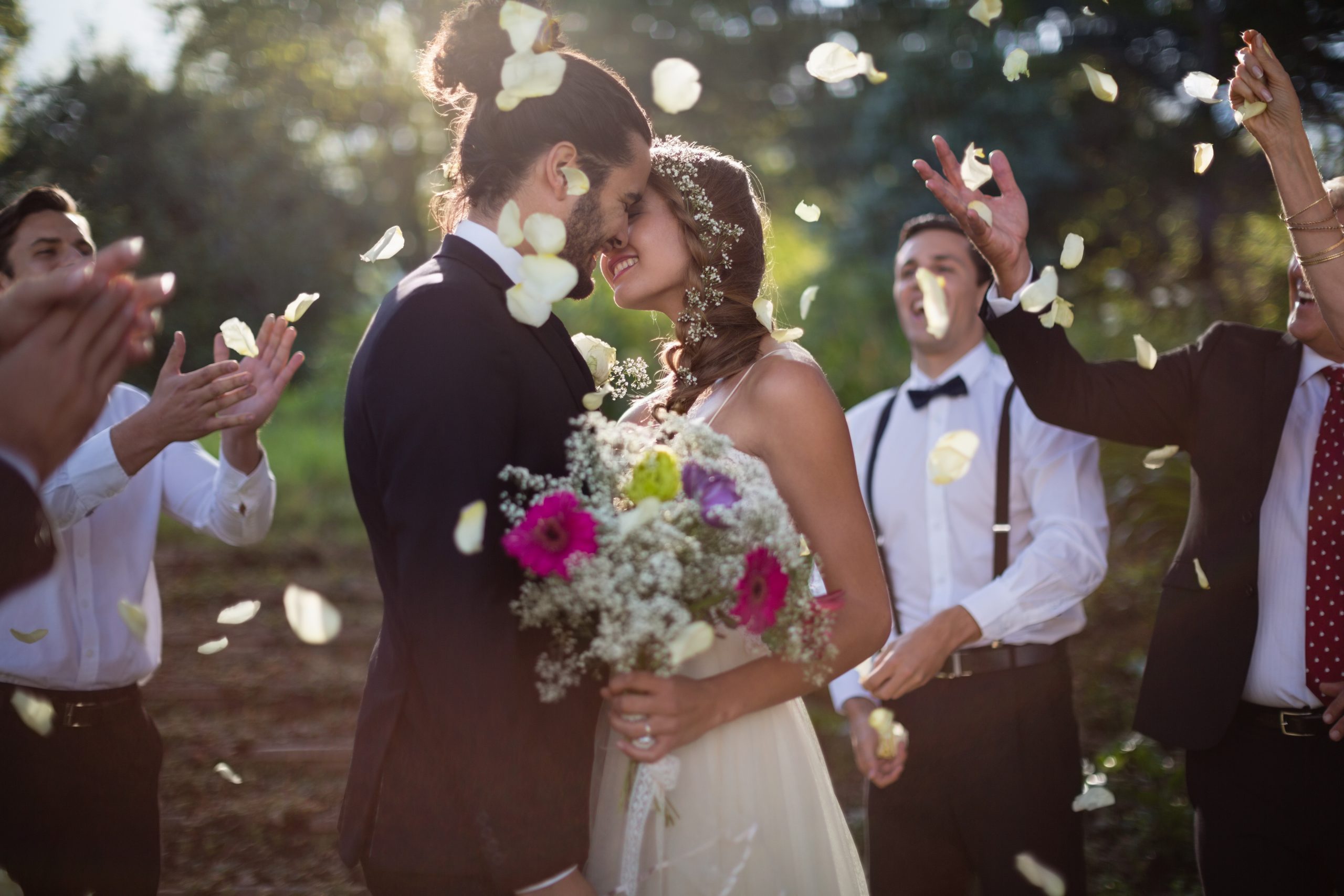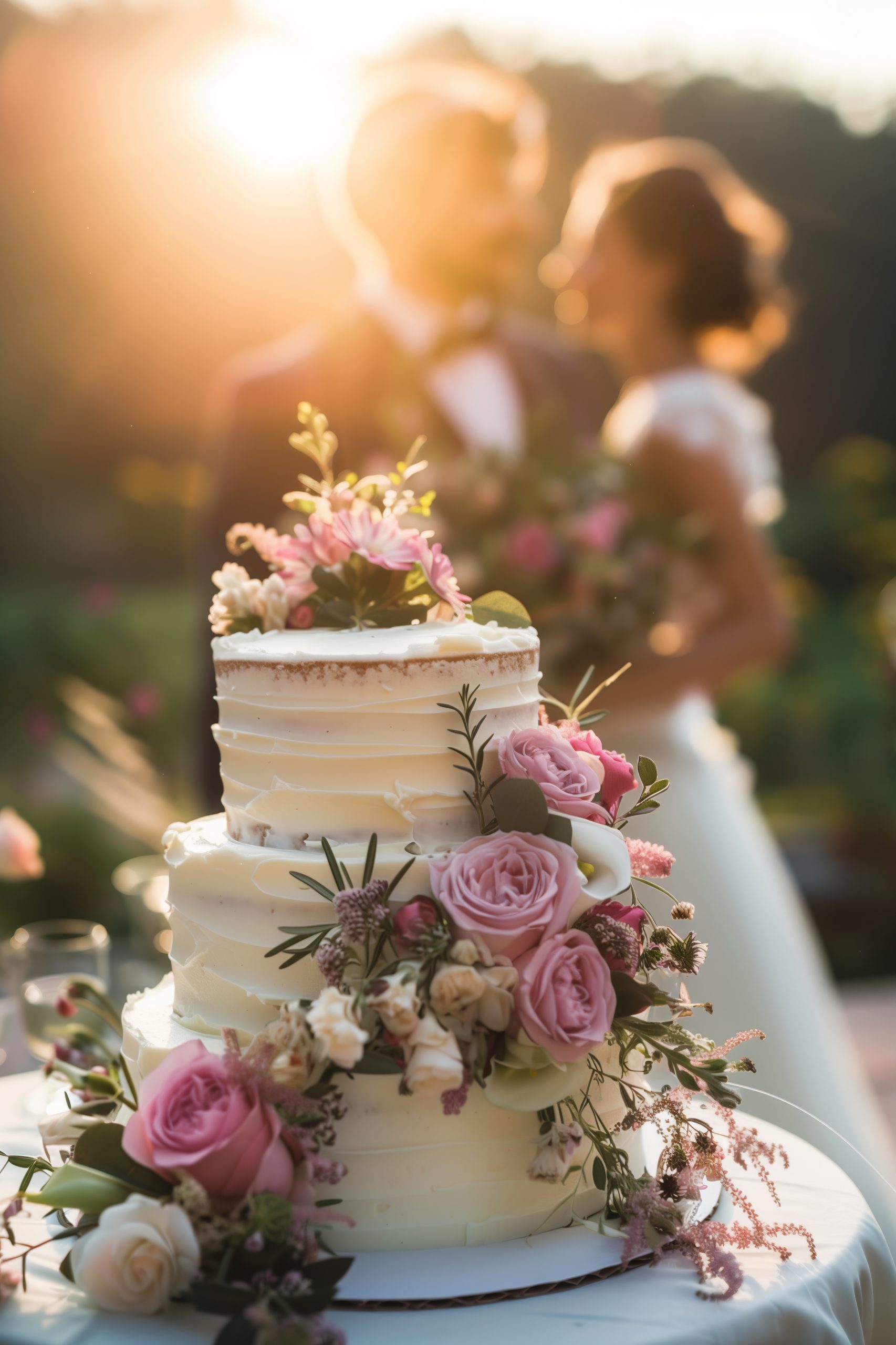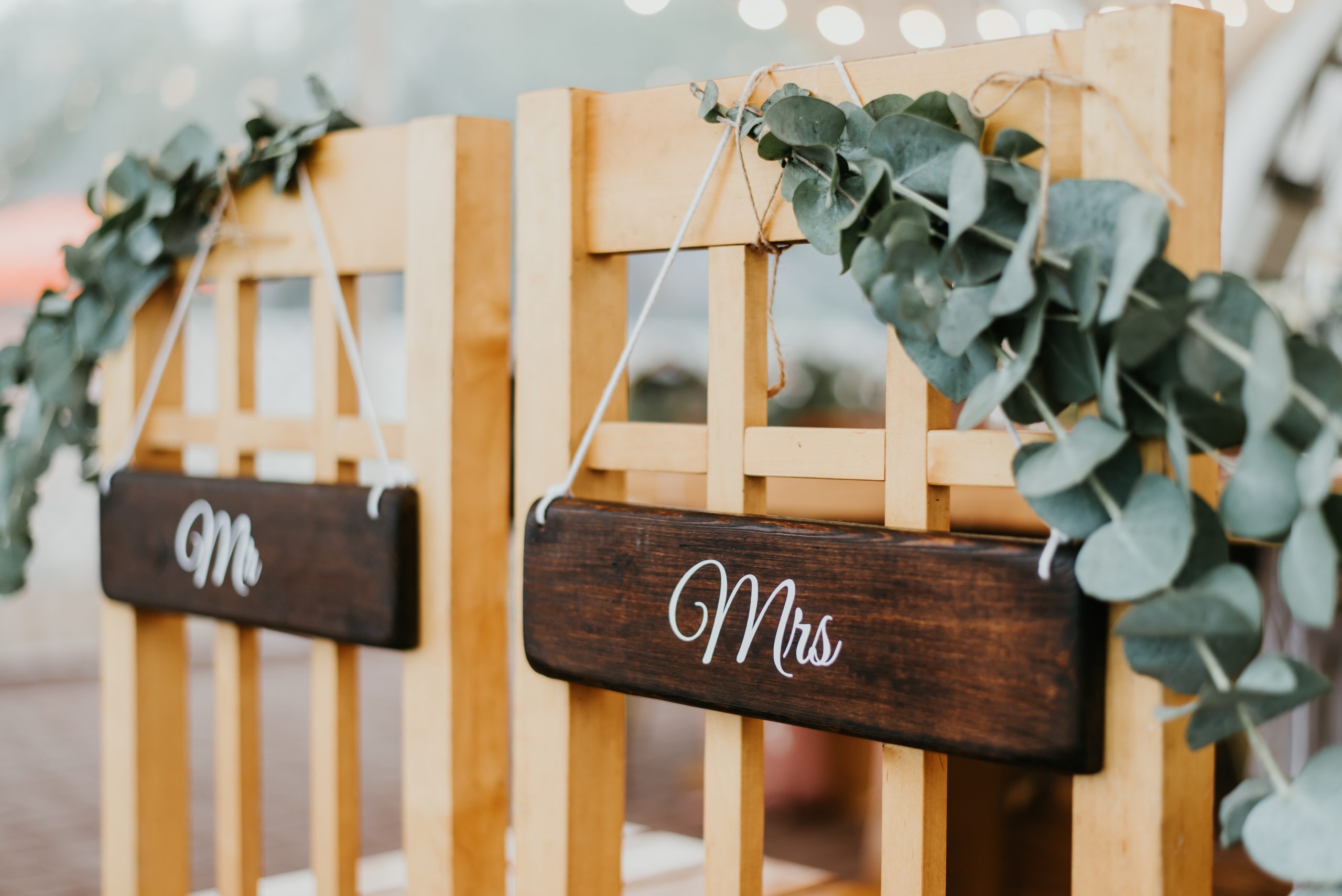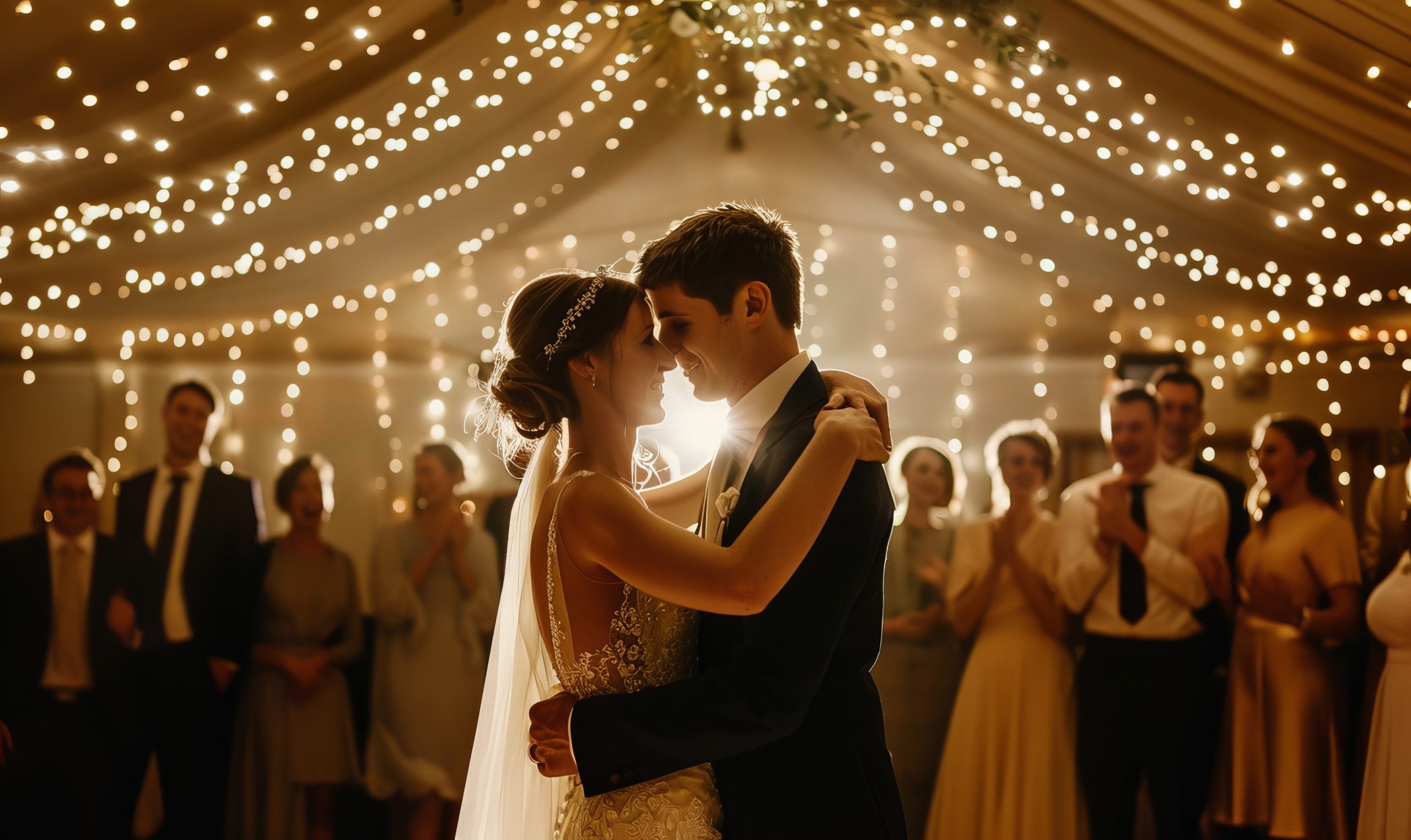Shopping for an engagement ring together is a special milestone in your relationship. It’s an exciting opportunity to find a ring that reflects your personal styles, values, and future together. Whether you’re looking for a classic diamond, a unique gemstone, or a sustainable option, there are many factors to consider before making this important purchase. With so many options available, where do you start? This guide will help you navigate the process with ease and confidence, ensuring that your ring-shopping experience is enjoyable and stress-free! Setting a Budget Together Before you start browsing rings, it’s important to establish a budget that aligns with your financial goals. Engagement rings…
-
-
How to Change Your Name with Social Security After Marriage? Congratulations on saying “I do”! As you bask in that newlywed glow, sharing a last name with your partner is likely on your mind. While the idea is wonderfully romantic, tackling the administrative side of a name change can feel a little less dreamy. That’s where HitchSwitch comes in! We’re here to simplify a crucial first step: updating your Social Security card after Marriage. The good news for 2025 is that the Social Security Administration (SSA) is making it easier than ever to change your name, with an increasing number of individuals eligible to complete the process online. This can…
-
It’s no secret that weddings can be expensive. Couples meticulously plan for big-ticket items like the venue, catering, and attire, but somehow, a few sneaky costs always manage to creep up and take them by surprise. If you’re in the throes of wedding planning, don’t let these overlooked expenses throw off your budget! We’ve put together a lighthearted yet practical guide to the wedding budget items that often get forgotten—and how to prepare for them. Last-Minute Venue and Vendor Fees You booked the perfect venue, and the contract was signed. Great! But did you factor in all the extras? Many venues charge additional fees for things like setup, overtime,…
-
Congratulations, you’re married! The confetti has settled, the thank you notes are (almost) all sent, and you’re basking in that newlywed glow. But amidst the happiness, a little administrative task might be looming: changing your name. While the idea of sharing a surname with your beloved is romantic, the reality of actually making it happen can feel… well, less so. At HitchSwitch, we get it. You’re excited about this new chapter, not endless paperwork. That’s why we’re here to shed some light on the realities of changing your name, including the important step of obtaining a REAL ID, and how we can help you glide through the process with ease.…
-
Family traditions are the glue that holds a household together, transforming everyday moments into cherished memories. Whether you’re newly married and starting fresh traditions or raising young kids and looking for ways to make each season special, creating meaningful rituals can strengthen familial bonds and bring joy for years to come. Traditions don’t have to be elaborate or expensive—sometimes, the simplest traditions become the most treasured! The best traditions reflect your family’s unique personality and values. We’ve gathered some of our favorite family traditions below. Whether it’s a holiday ritual, a seasonal adventure, or a special meal you cook together, new traditions can make positive impacts for years to…
-
Weddings are a celebration, and for many couples, alcohol plays a key role in adding to the festive atmosphere. But with so many options and considerations, figuring out what to serve, how much to offer, and how to stay within budget can be overwhelming. This guide will help you navigate the world of wedding alcohol, from selecting drinks to budgeting, legal concerns, and even alcohol-free options for your big day. Whether you opt for an open bar, cash bar, or somewhere in between, your guests will appreciate the thought and care you’ve put into your drink selections. Types of Alcohol to Serve Beer Beer is a classic choice…
-
A wedding is one of the most memorable moments in a couple’s life, and for many, one day simply isn’t enough to celebrate such a joyous occasion. That’s where a multi-day wedding celebration comes in! Spreading the festivities over several days allows you to savor every moment with family and friends, making the experience even more special. From a welcome party to a farewell brunch, each event plays a role in crafting an unforgettable wedding experience. If you’re considering a multi-day wedding, we’ve included plenty of helpful information you need to know to plan it from start to finish! Setting the Vision and Budget Before getting into the…
-
When planning your wedding, the cake is often one of the most delicious decisions you’ll make. With so many options for styles, flavors, and designs, it’s essential to find a cake that reflects your taste and complements your wedding’s overall theme. Choosing your wedding cake should be a fun and stress-free experience, and with the right planning, you’ll be able to find something that perfectly fits your style, budget, and guest list. Take your time with the process—taste the flavors, enjoy the cake designs, and don’t hesitate to get creative! After all, the wedding cake is one of the sweetest details you’ll remember about your big day! …
-
When two people get married, one of the first big decisions they might face is whether to change their last name. It’s a tradition that has been around for centuries, but its meaning and significance have evolved over time. While taking a spouse’s name has long been the norm in many Western cultures, today’s couples have more choices than ever before. From legal rights to personal identity, name changes in marriage are deeply tied to history, culture, and individual preference. Exploring where this tradition comes from and how it continues to change may assist you in making your own name-change decision! Historical Origins of Name Changes in Marriage The…
-
Planning your wedding playlist is an exciting part of the wedding planning process that sets the mood for one of the most important days of your life. Music has the power to bring people together, make moments unforgettable, and ensure your wedding is full of fun and emotion. But with so many options, how do you create the perfect mix of songs that will entertain everyone and reflect your personality? In this guide, we’ll walk you through key tips for curating an incredible playlist that will keep your big day flowing beautifully. Playlist for Different Parts of the Wedding Your wedding day has distinct sections, each with…









